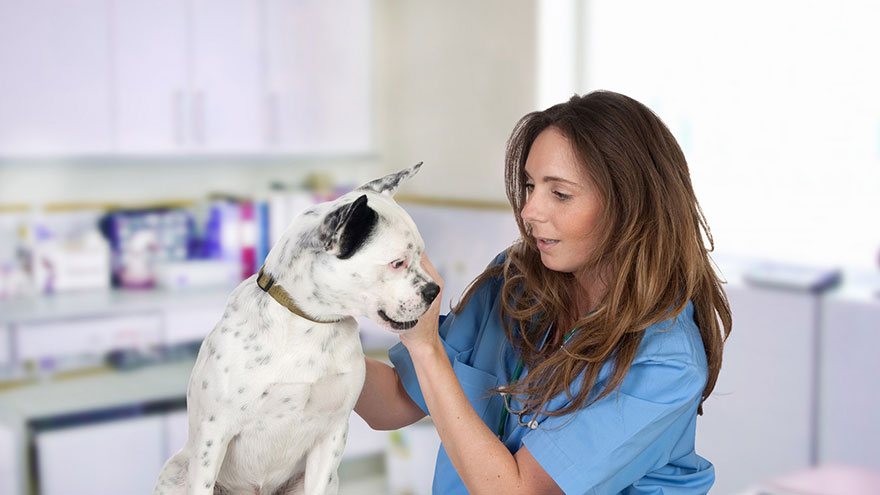Eye Watering in Dogs
A little wetness in your dog’s eyes is a good thing. A lot of wetness and runny tears, could mean trouble. If you rule out sudden changes in temperature that can make anyone’s eyes run or notice your dog has consistently watery eyes, it’s best to take her to the vet.
Eye Discharge and Epiphora
The excessive production of tears is called epiphora. This condition could stem from the shape of the eye area in some small breeds, where normal tear production collects in the hairs surrounding the eye and clogs the drainage. Breeds most susceptible to this condition include the Maltese, bichon frise, miniature poodle, Pomeranian, American Eskimo and Shih Tzu.
Causes of Epiphora
In some breeds, extremely small tear duct openings could result in excessive tearing. In other breeds, epiphora typically stems from an irritation caused by an illness or infection, debris or a scratch near the eye. In longer-haired breeds, lack of grooming around the eyes can lead to hairs that poke and irritate the eye, thus causing excessive watering. Epiphora also may stem from a loosening of the skin around the eyes, ulcers of the cornea, sinus conditions, allergies, tumors or glaucoma.

Genetic Issues
Some dogs inherit a genetic deformity that can cause epiphora. Entropion is an inward turning of the eyelid that typically affects Shar-Peis, pugs, chow chows, mastiffs, poodles and Labrador retrievers. Distichiasis, the turning in of the eyelashes or a set of double lashes, typically affects dachshunds, shelties, Shih Tzus, Lhasa apsos, bulldogs, cocker spaniels, Pekingese and miniature poodles.
Symptoms and Longer-term Effects
Apart from generating too much water around the eyes, epiphora can lead to squinting, inflammation and redness. Longer-term effects include chronic irritation and stained fur. Buildup from excessive watering also can lead to swelling, pain and even diminished sight or blindness.
Conjunctivitis or Pink Eye
Some discharge looks like clear tears, but actually may be discharge from conditions such as conjunctivitis or pink eye, an inflammation of the conjunctiva, or lining of your dog’s eye. While the cause of conjunctivitis can be anything from excessive pawing and debris to allergies and illness, the symptoms often start with runny eyes. Eventually, this discharge may turn into milky or yellow-green pus. If your dog shows symptoms of conjunctivitis, a trip to the vet is in order.
Eye Treatments
Routinely look at your dog’s eyes and be aware of too much tearing. Preventive care, such as regular grooming, can prevent irritants that cause epiphora. If you see signs of epiphora, consult your vet, who may prescribe antibiotic ointments or oral medicine for infections. Often, vets will flush the eye to remove offending foreign debris.
You Might Also Like :: Grain Mites in Dogs

